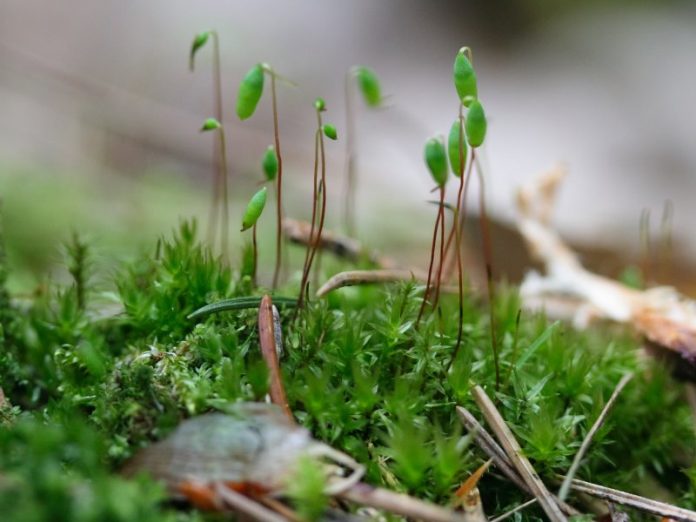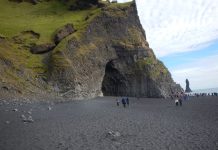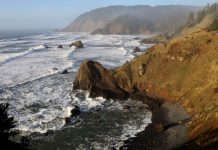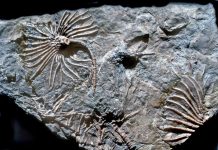
By Jim Brace-Thompson
Per one definition, flocculation is the process by which tiny paritcles come out of suspension in water either spontaneously or due to a “clarifying agent.” Scientists now say that early types of plants in the form of bryophytes were the clarifying agents responsible for “an irreversible increase in alluvial mudrock” during the Ordovician and Silurian Periods of Earth history, or the period spanning 485 to 419 million years ago.
Flocculation? Claifying agents? Bryophytes? Alluvial mudrock? Silurian? Sounds Greek to me, but it you’re a Greek (or a scientist), apparently it makes perfect sense!
Scientists previously thought that it took deep-rooted plants to capture and cause substantial deposits of mud in rivers and floodplains, especially during seasonal flooding, when plants along riverbanks and in floodplains would cause waterflow to slow and allow mud particles to settle. But a new study by Sarah Zeichner (Division of Geological & Planetary Sciences, California Institute of Technology) and colleagues suggests that much simpler, more primitive plants known as bryophytes could have slowed water flows in ancient rivers here on Earth sufficiently to cause a settling of clay and organic matter.
Bryophytes, which today include liverworts, are an ancient group of non-vascular plants that are typically small and tucked away in moist environments. It is believed they were some of the first plants to make the leap from a totally aquatic environment to the land as much as 630 to 510 million years ago. This important development, in turn, eventually helped build a bridge for animals to colonize the land areas of Earth.
Deep-rooted or not, apparently all it takes is a plant, even of a simple nature, to substantially increase mud deposition via “organic-induced flocculation.” I may not be Greek (or a scientist), but it makes sense to me!
Author: Jim Brace-Thompson
 Jim began and oversees the AFMS Badge Program for kids, has been inducted into the National Rockhound & Lapidary Hall of Fame within their Education Category, and is the president-elect for the American Federation of Mineralogical Societies.
Jim began and oversees the AFMS Badge Program for kids, has been inducted into the National Rockhound & Lapidary Hall of Fame within their Education Category, and is the president-elect for the American Federation of Mineralogical Societies.
Contact him at jbraceth@roadrunner.com.
If you enjoyed what you’ve read here we invite you to consider signing up for the FREE Rock & Gem weekly newsletter. Learn more>>>
In addition, we invite you to consider subscribing to Rock & Gem magazine. The cost for a one-year U.S. subscription (12 issues) is $29.95. Learn more >>>















